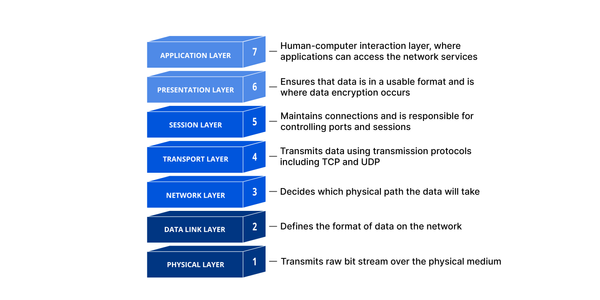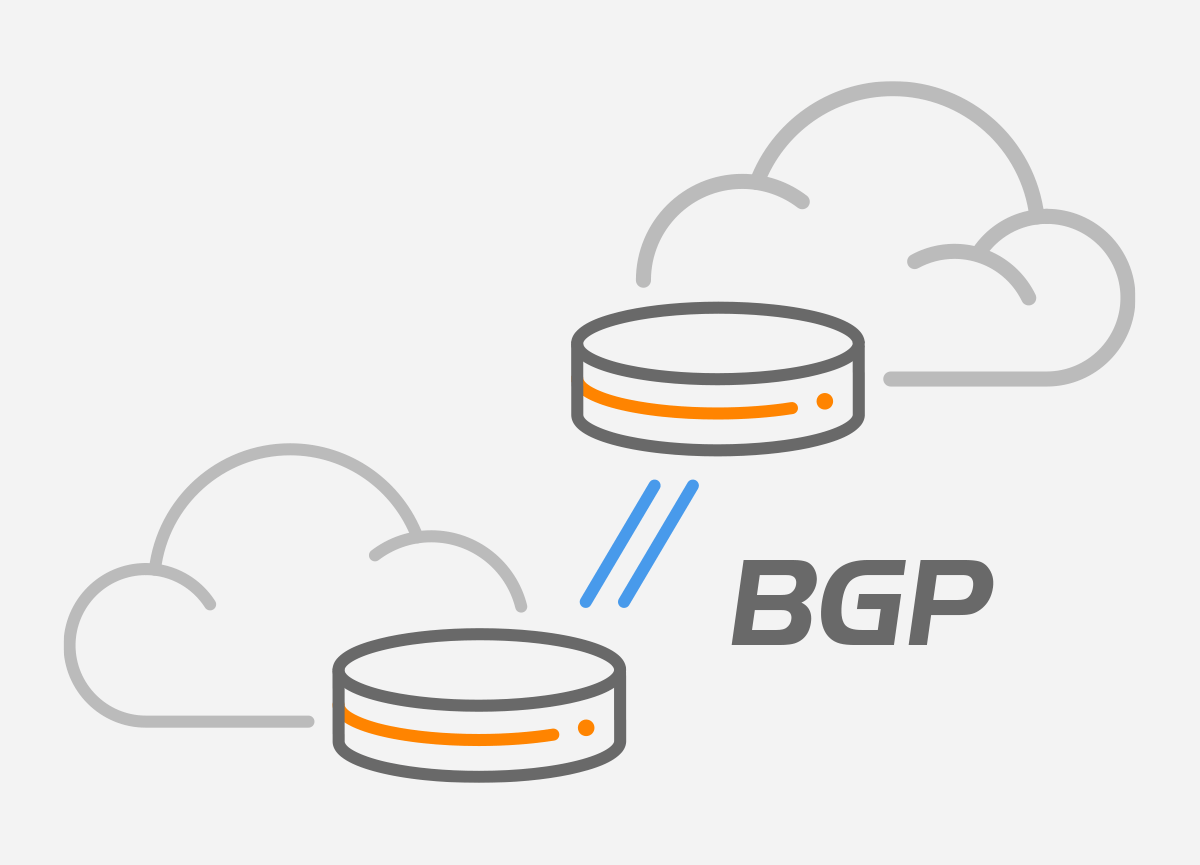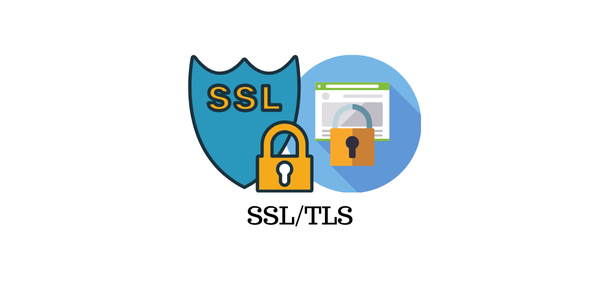In the vast, intricate world of the internet, countless pieces of technology work seamlessly behind the scenes to ensure we can browse, stream, and communicate without a hitch. At the core of this complex system are internet protocols—rules and standards that dictate how data is transmitted, received, and interpreted across networks. Understanding these protocols is essential for anyone interested in the workings of the digital world. This blog post will explore the key internet protocols that power our online experiences.
What Are Internet Protocols?
Internet protocols are a set of rules that govern how data is sent and received over the internet. These protocols ensure that devices on a network can communicate effectively, regardless of differences in hardware, software, or network infrastructure. Without these standardized protocols, the internet as we know it would not exist.
Key Internet Protocols
1. Transmission Control Protocol/Internet Protocol (TCP/IP)
TCP/IP is the fundamental protocol suite for the internet, defining how data is packetized, addressed, transmitted, routed, and received. It consists of two main components:
• Transmission Control Protocol (TCP): Ensures reliable data transfer by establishing a connection between sender and receiver, checking for errors, and retransmitting lost packets.
• Internet Protocol (IP): Handles addressing and routing, ensuring data packets reach the correct destination.
Together, TCP and IP form the backbone of internet communication, enabling the robust and scalable transfer of data across diverse networks.
2. Hypertext Transfer Protocol (HTTP/HTTPS)
HTTP is the protocol used for transferring web pages on the internet. When you enter a URL in your web browser, HTTP governs the request-response cycle between your browser and the web server hosting the page. HTTPS is a secure version of HTTP that encrypts data for safer communication, essential for activities like online banking and shopping.
3. File Transfer Protocol (FTP)
FTP is used for transferring files between computers on a network. It’s commonly used for uploading files to a web server or downloading files from a server to a local computer. While FTP is efficient, it lacks security features, leading to the development of more secure alternatives like SFTP (Secure FTP).
4. Simple Mail Transfer Protocol (SMTP)
SMTP is the protocol for sending emails across networks. It works in conjunction with other protocols like IMAP (Internet Message Access Protocol) and POP3 (Post Office Protocol) to facilitate the complete email communication process—sending, receiving, and accessing messages.
5. Domain Name System (DNS)
DNS is like the internet’s phonebook, translating human-readable domain names (e.g., www.example.com) into IP addresses that computers use to identify each other on the network. This system ensures that users can access websites using easy-to-remember names rather than numerical IP addresses.
6. Dynamic Host Configuration Protocol (DHCP)
DHCP automates the assignment of IP addresses to devices on a network, reducing the need for manual configuration. It ensures each device gets a unique IP address, preventing conflicts and facilitating smooth network operation.
Emerging Protocols
As the internet evolves, so do the protocols that support it. New protocols are continually being developed to address emerging challenges and improve the efficiency, security, and scalability of internet communication. Some of these include:
• HTTP/2 and HTTP/3: Designed to enhance the performance of web traffic with features like multiplexing and reduced latency.
• QUIC (Quick UDP Internet Connections): A new transport protocol developed by Google, aiming to provide faster and more secure connections than TCP.
• IPv6: The successor to IPv4, offering a vastly larger address space to accommodate the growing number of internet-connected devices.
Conclusion
Internet protocols are the unsung heroes of our digital age, providing the necessary structure for seamless communication across the globe. From the foundational TCP/IP to the specialized protocols for email and file transfer, these rules and standards ensure that the internet remains a reliable and dynamic platform for innovation and connectivity. As technology advances, we can expect these protocols to continue evolving, meeting the needs of an ever-expanding digital world.







